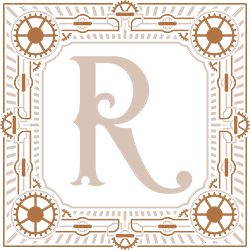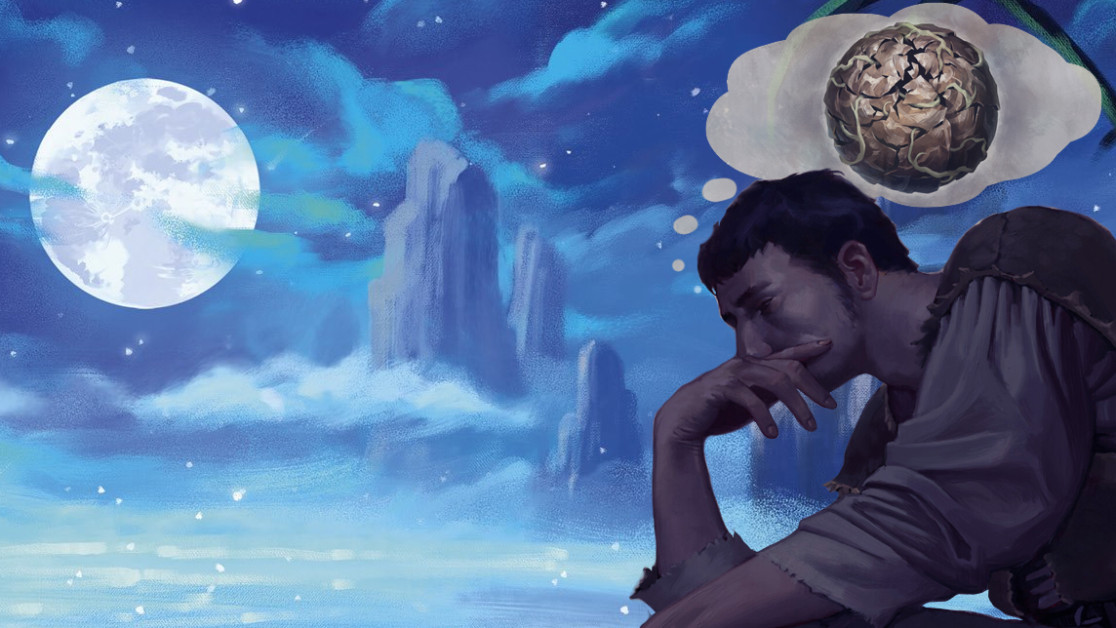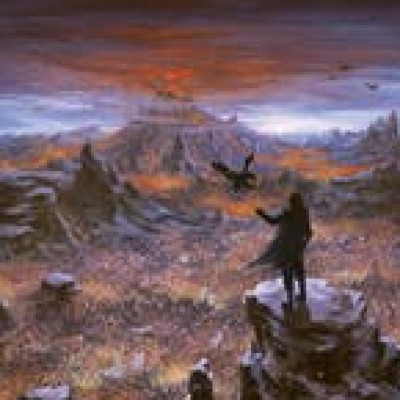Part the Mistveil released on May 31st of 2024, and marked a significant milestone for Flesh and Blood: language-supported entry into Japan's lively TCG market. This set introduced the Mystic talent, featured on the three heroes Enigma, Nuu, and Zen.
Eleven months later, two of those heroes are preparing to ascend to Living Legend - and the third isn't far behind.
While we've seen sets all but rotate out of the flagship Classic Constructed format before (Tales of Aria offers no heroes to CC, and Uprising has only Fai), the speed at which MST's heroes got there is remarkable - not a 4-month Starvo-speed sprint, mind you, but still a marathon completed in under a year. It's worth pointing out that, as of this writing, every hero in Living Legend released prior to 2023 - Dromai and Iyslander from Uprising being the most recently released.


Further, the LL roster is almost entirely made up of heroes designed during the global pandemic, an era that LSS has referred to as 'a playtesting challenge'. (If anyone has a source on that, please leave it as a comment; I'd love to back it up with a link, but can only draw from my own memory.) Their improvement in game balance and hero design since that era has been shown in part by the steady cadence of LL point acquisition by a wide array of heroes. From Outsiders forward, you can buy whichever set strikes your fancy and begin building a legal CC deck with the heroes found inside.
So what happened with Part the Mistveil? And does it mean something to the game as a whole?
A Strong Debut
As mentioned before, the release of MST was also a coming out party for Flesh and Blood in Japan - and it could hardly have been planned better. Mistveil's theme drew heavily from Japanese culture, and the flashy transcend mechanic - which feels like leveling up, complete with a card-flipping transformation - was an attention-grabber.
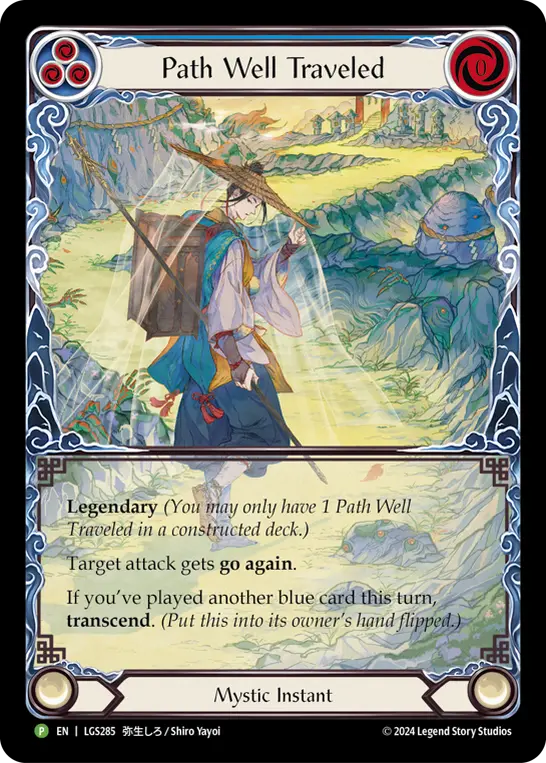

But as the first set to be printed in the Japanese language, new players would lack easy access to the rich card pool of prior sets. While Mistveil's heroes could certainly draw on the support of their class cards, the set largely had to be self-contained, or it would risk welcoming a hungry new audience with sub-par decks. The reputation of Japan's TCG scene preceding it, there was no way Flesh and Blood could catch on in this new community without a strong MST.
And so, LSS went big - so big, in fact, that Zen had to be reigned in within months of his release, and the rules for Blitz Living Legend rewritten to reintroduce him to that format! The reigning in of Zen slowed his ascent to a more reasonable pace, though he had a huge head start; but Enigma quickly caught up, showing once more that Illusionists are either hard to balance or incredibly beloved by competitive players.



But Nuu doesn't get a pass here. While Assassins remain opportunistic heroes who require deft skills and astute meta reads, Nuu's disruption has already carried her to the 7th position on the Living Legend chart, with only Fai and 3 'OG' heroes between her and her Mystic compatriots. Nearly 75% of the way to that LL finish line, Nuu has players like me jumpy that we may have already missed our chance to really enjoy our time playing her.
At a glance, these results would seem to point to an overly powerful set. TCGs regularly discuss 'power creep' - the tendency of subsequent releases to raise the overall power level of the game - and it'd be easy to lob that accusation here. But it's notable that the heroes of MST aren't yet the champions of the Living Legend format - only Zen has a real presence there. Clearly there are more dynamics to consider. For example:
- the growth of the game has led to more high-tier events where Living Legend points can be earned,
- the lack of alternatives at the outset likely drove the strong Japanese TCG scene to main MST heroes, and
- these are simply cool heroes and cool decks that endear themselves to players, and people just want to play them.
Regardless of the reason for their popularity, the impact is the same: they've been at the fore of the competitive scene since their debut, and now are on track to hit Living Legend at an incredibly rapid pace.
The Closing Curtain
Whenever a hero rotates out of Classic Constructed, there are positives and negatives. Of course, this is not unique to Flesh and Blood - most TCGs institute a rotation in their premiere format to keep the metagame fresh and spur players toward buying new product - but because here it's based on performance, it hits differently.
In the pros column, a top-performing deck is now exiting the format, allowing those decks it was holding down to breathe once more. In the case of Enigma, many are expecting a prompt return of Guardians. Similarly, the rotation of Zen will give players more incentive to explore what other Ninjas have to offer.
But as a con, all of the players who invested time, money, and energy into acquiring and learning that top-performing deck are now left holding a pile of cards without a hero to front them. Mystic Illusionist and Mystic Ninja cards will be unplayable until a new hero unites those classes and talents again. This is nothing new, mind you, but it is pronounced in this case due to both Enigma and Zen departing simultaneously.
Last week, my local shop owner asked my thoughts on Part the Mistveil, as he was seeing great prices on boxes of the set. Any LGS picking those up is likely to sit on them now, unless they have a local following dedicated to alternative formats. We're talking about a set that's been on shelves for less than a year. (There's a pro in this too - cheap prices on cards - but the benefit to those cards is a long-term investment waiting for LSS to return to the Mystic theme.)
This two-thirds rotation of Mistveil is as close to a full set rotation as we've yet seen in FAB, and it's uncomfortable. What's more uncomfortable is seeing signs that Aurora may traverse a similar timeline; if both she and Nuu hit LL in under a year, picking up headline heroes will start to look like a rich man's game.

To be clear, this is not entirely on LSS' shoulders. Players decide the decks they want to play; high profile players shape trends around their choices; and the rising popularity of the game and corresponding rise in large events has accelerated the LL trajectory. But as the party with the greatest ability to reshape this situation, LSS needs to take notice. The player base needs them to take notice. It may just be that Part the Mistveil was the perfect storm, but it may also be that the landscape of competitive play is changing, and the game may need to change along with it.
Lessons from Mistveil
Already, I'm seeing signs that LSS is adapting their design in response to the dynamics of Mistveil.
For example, since that time we've seen a greater emphasis on push-and-pull design, rather than hand-in-hand synergy. For example, Nuu is a hero built around 1s; which happen to be blues; which support a pitch curve that can pay for the famously expensive Assassin daggers; which power up your blues so they're not so behind on stats; which offer on-hits to also make up for their lower damage; which are more likely to hit because of a suite of attack reactions...
To be clear, this is good game design: design around a shortcoming and turn it into a unique strength. But if FAB is built on 3 values - damage, defense, and resources - then the blue-focused heroes of MST have completely skipped over any internal conflict related to the 3rd variable.
Since then, Rosetta gave us 4 new Elemental heroes - three of whom are intensely engaged in the balancing act of those 3 variables, with a 4th tension (Talent vs. Class) prominently featured in Earth decks. The Hunted similarly stirs up deckbuilding tension, with early efforts to redline everyone falling apart under the pressures of counterplay. Both Draconic heroes - tied to a talent that aggressively skews red - are currently going through refinements that incorporate more pitching, while the Araknis of the set deal with the problem of class cards that attack for 3.



High Seas is showing early signs of once again focusing on blues - but this time, the class cards are also heavily incorporating yellows. A focus on Gold points to those blues being pitched regularly in search of better cards, as opposed to those blues being the better cards.
Another sign of progress: Gravy Bones, the first Necromancer in the game, is taking board presence in a new direction. While there's no guarantee Necromancer will feel any more fair than Enigma (or Dromai, or the original Prism), there's something to be said for a fresh start on the concept, free of the card pool of the past. If Gravy Bones' crew feels oppressive, it won't be because of Spectra.
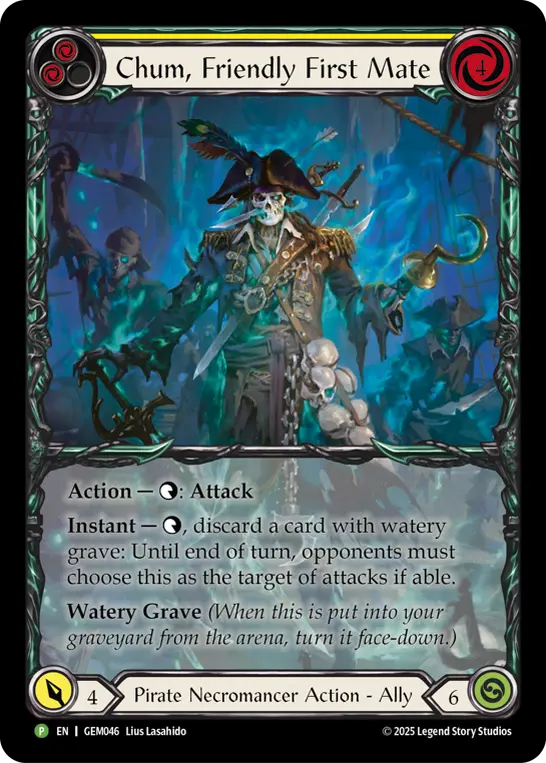


On-hits have long been the providence of Ranger, but you'd be forgiven for forgetting that as Assassins took up the mantle. From what we've seen so far of Marlynn, it seems like she's aligned more closely with a third on-hit class - Guardian - with higher numbers and costs to match. When cards carry costs, it's harder to sequence them, providing natural guardrails around the potential of multi-card turns. If players have grown tired of Nuu's hand disruption, Marlynn at least pays for hers. A final notable distinction: Rangers are not known for reactions; presumably, we're leaving those as a predominant feature of The Hunted.



In every set, there must be a wide aggro deck... right? At a glance, Puffin is the expected hero to serve in that role, but the first round of previews don't point to that. In fact, this may be the rare set where every hero should expect to pitch. Certainly a Gold theme would suggest that - even if Puffin is unlikely to use Gold for its text. One of the designed elements of Mechanologist is that they can get action points rather than explicitly relying on go again - a powerful workaround, but one that does require cards to make happen. There will be no 'play out your hand' strategies here.

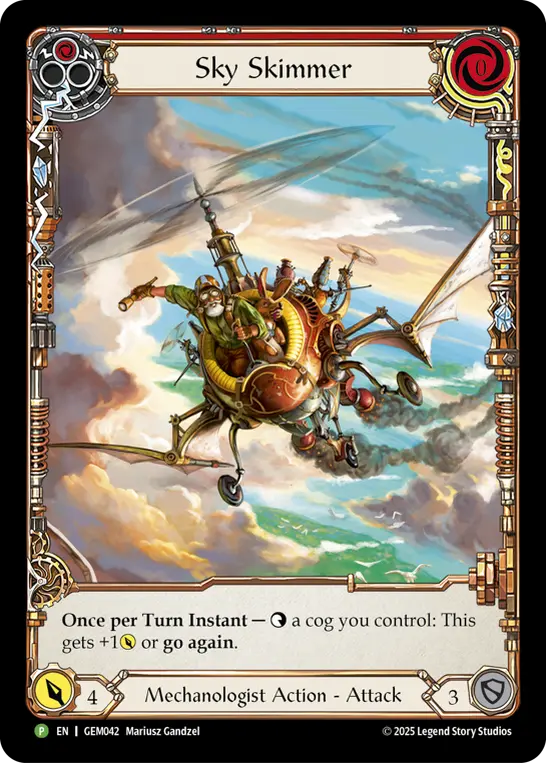

The heroes of Mistveil all had personal quests that unlocked their full potential - a new design that has added narrative depth to the game. And while it may have partially contributed to the power these heroes were able to harness, it's been used well since. Earth heroes similarly unlock power as they banish their own cards; and Fang's efforts to display his loyalty create an on/off tension that's incredibly compelling. While the downsides of Inner Chi haven't held back the heroes relying on it, the 'story arc' concept built into the fabric of MST clearly worked.



Part the Mistveil has had a strong influence on the game since its release - and it's clear that influence will continue to be felt beyond the departure of its heroes. If it helps you to think of it as a high water mark, that's a reasonable portrayal; I expect it will be a while before a set holds this much sway again. By and large, however, I look back on Mistveil fondly, and hope that time and memory are kind to it.
